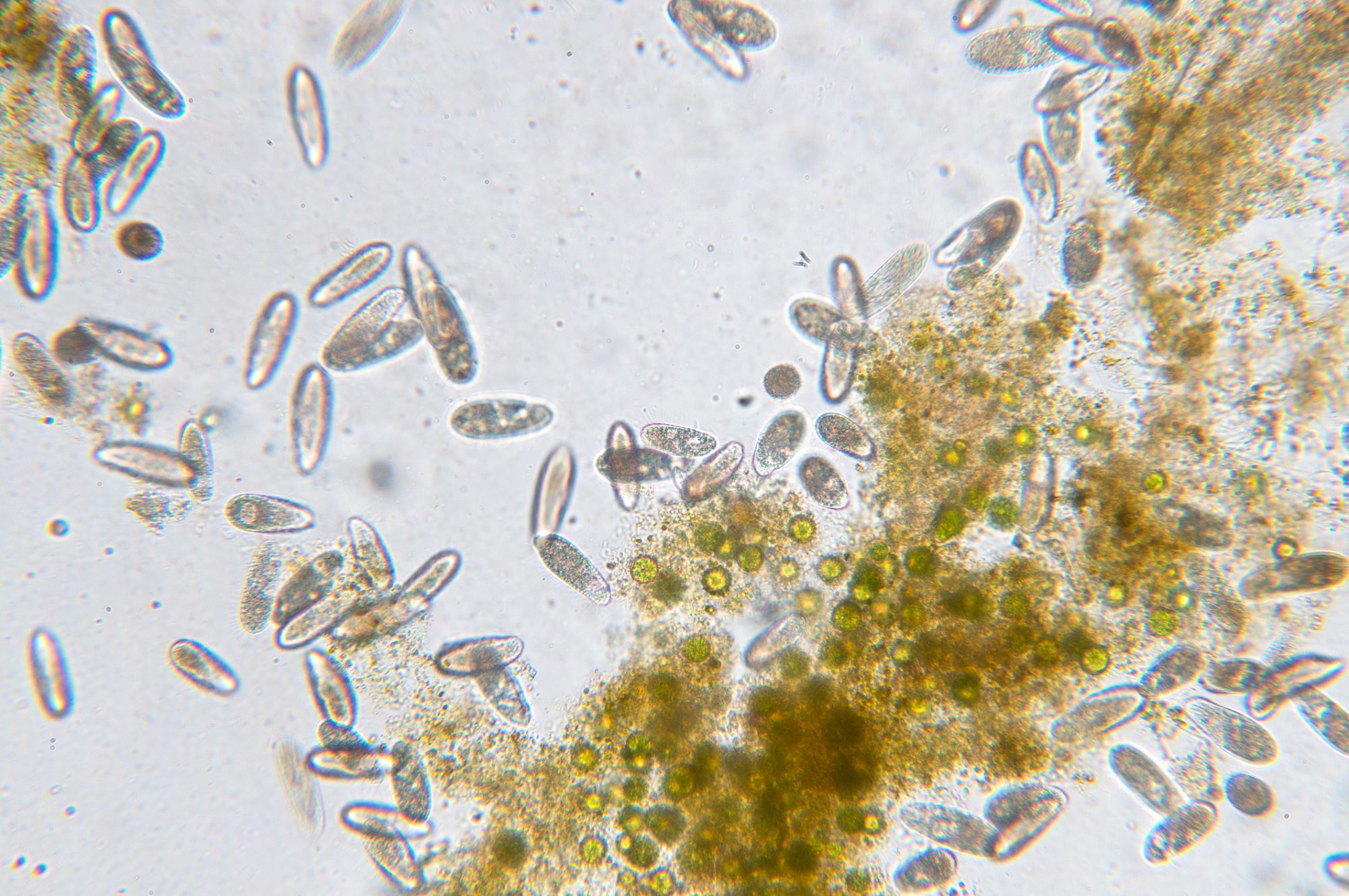Rapidly developing AI tools can now generate simulations of ecological networks, tracking interactions in environments and biomes
Computer simulations using AI confirm that ecological networks, such as prey-predator interactions, can be used as a computational resource for information.
As the development of AI tools for data analysis increases in research, researchers from Kyoto University decided to tap into networks existing in natural ecosystems, such as webs of interspecies relationships, and process potential information from these biodiverse systems.
To prove that ecological networks have computational power, researchers developed two types of ecological reservoir computing.
Kyoto University’s lead author, Masayuki Ushio, said: “We have named this approach ecological reservoir computing.”
The computational power of ecological networks
Artificial neural networks are represented by a network of neuron-like processing units called nodes and interconnected via synapse-like weighted links called interactions, which are typically classified into feedforward neural networks. There are also recurrent neural networks (RNNs).
A machine learning approach called reservoir computing (RC) is a special type of RNN that is suitable for temporal information processing such as time series analysis.
The first computer-based approach researchers explored in depth is called in silico ecological reservoir computing, which models hypothetical ecosystem dynamics and simulates the system response.
Predicting hypothetical ecosystem dynamics
The second is an empirical system called real-time ecological reservoir computing, which uses the real-time population dynamics of the unicellular organism Tetrahymena thermophila, a genus of free-living ciliates.

Image © tonaquatic | iStock
To confirm the computational power of an ecological network, the researchers developed an experimental design using Tetrahymena thermophila – entering values as the temperature of the input data.
Overall, after obtaining cell numbers as system output, they found that there is a possibility that the Tetrahymena population could make near-future predictions of ecological time series.
There is a link between high biodiversity and high computational power
In a natural ecosystem, ecological networks process a large amount of information in real-time.
This means the potential of ecological interactions to serve as a novel computing method is significantly high, which researchers analysed and found they could discover new values of previously unknown biodiversity which they could compute and track.
“We may find clues to how ecosystem dynamics are maintained”
Ushio concludes: “Our results also suggest that there might be a link between high biodiversity and high computational power, shedding light on new values of previously unknown biodiversity. A direct relationship between a community’s diversity and computational capability may enhance its biodiversity quotient.
“Our new computing method might lead to the invention of novel types of computers. Also, in developing a way to measure the information processing capacity of a natural ecosystem, we may find clues to how ecosystem dynamics are maintained.”











